Jane Goodall: A True Superhero & Visionary Pioneer of Environmentalism
World-renowned primatologist, environmental activist, and humanitarian Jane Goodall had survived World War II, fought her way into the male-dominated field of science, and revolutionized human understanding of primate behavior when her life changed forever.
She discovered the profound and devastating effects of habitat erosion in the 1980s, leading Dame Goodall to pivot her life's work to study environmental and humanitarian change.
The UN Messenger of Peace is still working tirelessly to make the world a better place through her Roots & Shoots project to mentor children and her participation in the Trillion Tree challenge to regenerate the planet.
"Young people now can bring the most hope because when they understand the problems, when they are listened to, they are empowered to take action."
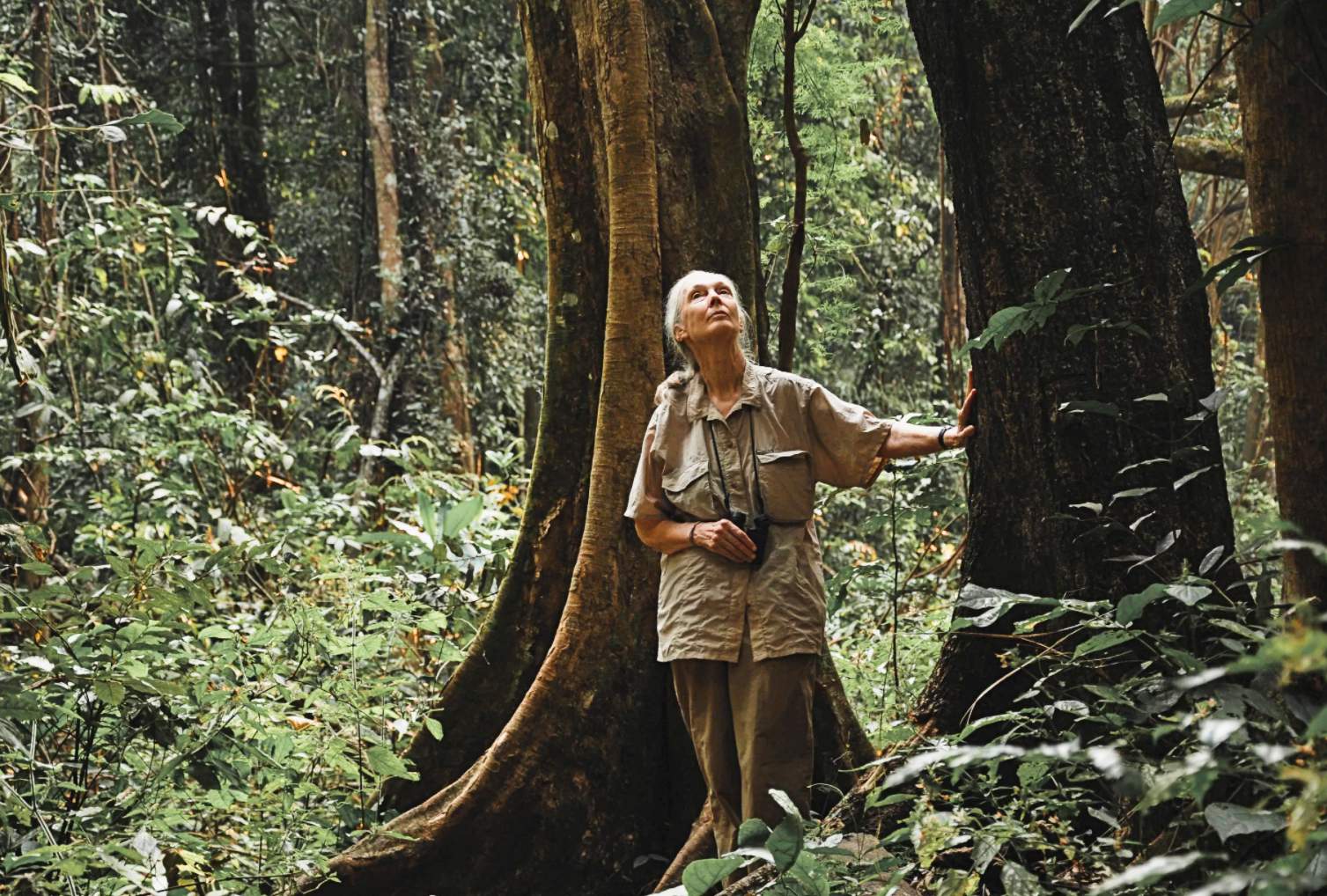
"The brand new social experience where you activate your gaming skills as you train like a spy."
- TimeOut
Take on thrilling, high-energy espionage challenges across different game zones.

World-renowned primatologist, environmental activist, and humanitarian Jane Goodall had survived World War II, fought her way into the male-dominated field of science, and revolutionized human understanding of primate behavior when her life changed forever.
She discovered the profound and devastating effects of habitat erosion in the 1980s, leading Dame Goodall to pivot her life's work to study environmental and humanitarian change.
The UN Messenger of Peace is still working tirelessly to make the world a better place through her Roots & Shoots project to mentor children and her participation in the Trillion Tree challenge to regenerate the planet.
"Young people now can bring the most hope because when they understand the problems, when they are listened to, they are empowered to take action."
War and resilience
Valerie Jane Morris-Goodall was born on April 3, 1934, in London. Her father, Mortimer, was an engineer and her mother, Vanne, an author.
From the age of one, Jane had a chimpanzee toy that she took everywhere, and at the age of four she expressed an interest in traveling to Africa to observe the animals - an unusual ambition for a child, but one her parents encouraged.
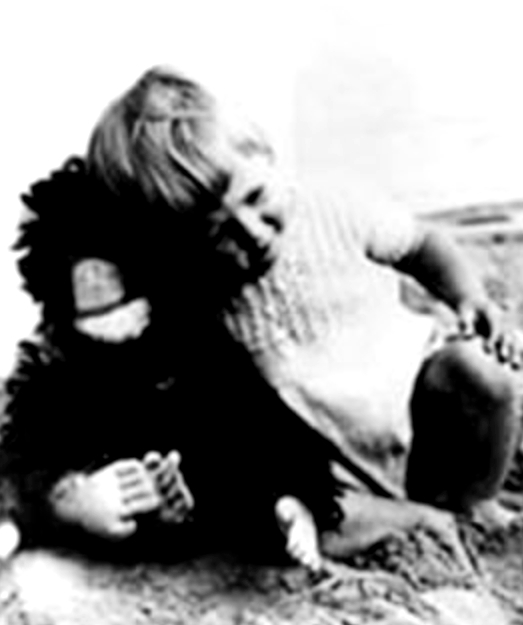
Within a year, however, at the start of WWII, Goodall’s mother moved Jane and her sister to Bournemouth, England. It was a devastating time and the family lost friends and relatives “People we knew were killed,” she told London Reel. “Even though we lived by the sea we couldn’t get into the sea because there was barbed wire all along the coast.”
Everything was rationed, she recalled on Hopecast. Rather than resent the hardship and fear, she credited it with making her resilient and resourceful.
“I am actually proud of growing up in those war years because I learned to take nothing for granted,” she said. “We valued every single thing that we had.”
A trailblazer
In 1957, Jane, then 23, traveled to Kenya to fulfil her ambition, which was to get “as close to talking to animals as I could”.
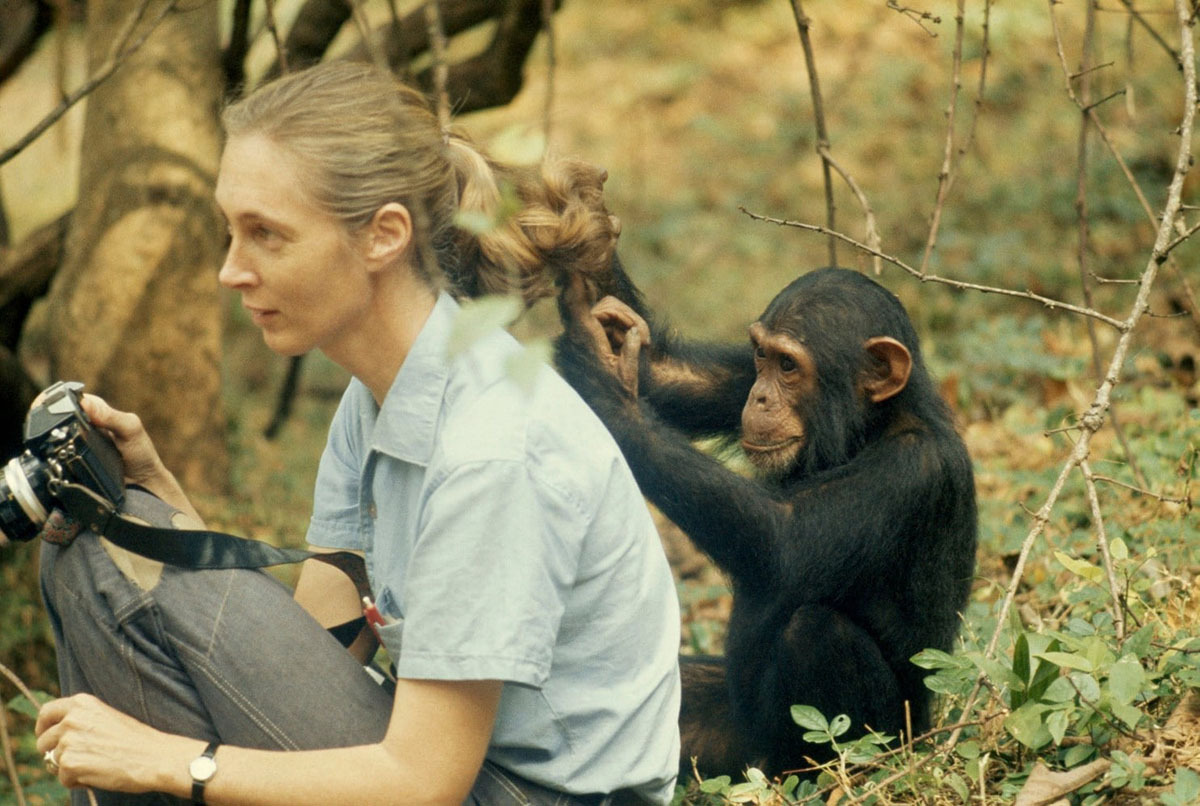
There she met Dr. Louis S. B. Leakey who hired her as his assistant. When they began a study of wild chimpanzees on the shore of Lake Tanganyika, British authorities were uncomfortable with the idea of a young woman living among wild animals in Africa, but they relented when her mother offered to accompany her for three months.
Her research methods - which included naming chimps and assigning emotions - were dismissed by male researchers but Jane’s trailblazing work encouraged other young women to join the field.

Mentors
British zoologist Robert Aubrey Hinde was also a crucial mentor at the time and he overcame bureaucratic hurdles to became her Ph.D. supervisor, implementing a rigorous and unbiased method for her mother-infant study of chimps. Jane later wrote: ‘My riot of disordered observations was transformed, under Robert's patient guidance, into pages of carefully analyzed data.”
Over the years, she was able to correct a number of misunderstandings about chimpanzees. They are capable of making and using tools; they engage in complex behavior like kissing and tickling; and the animals are omnivorous, not vegetarian. They are, in short, everything you might expect from our closest evolutionary relatives - some 99 percent of our DNA is shared with chimpanzees.
Jane Goodall’s research started a lifelong passion for protecting animals and the environment and she has spent more than 60 years studying chimps in Gombe National Park, in Nigeria, Africa along with her advocacy work and environmental conservation through her foundations.
A turning point
It was 1986 when Jane, by now a world-renowned ethnologist, held a conference in Chicago organized around her academic work studying the chimpanzees of Gombe. While she didn’t enjoy the limelight, she recognized it was important to use her platform to draw together scientists who were working with chimp populations across Africa.
The result revealed a truth we now understand more fully: Our planet is under threat. Speaker after speaker highlighted the effects of habitat destruction - the decimation of the rainforests - on the chimps’ dwindling numbers. It profoundly changed Jane Goodall’s understanding. She had hoped to return to her quiet work in Gombe but that moment changed the direction of her life forever.
"I went to that conference a scientist,” she said on her Hopecast podcast, “but I left as an activist".
The next year, the Jane Goodall Institute, which she started in 1977, was founded as a UK charity. Conservation and science-based activism became her life’s work.
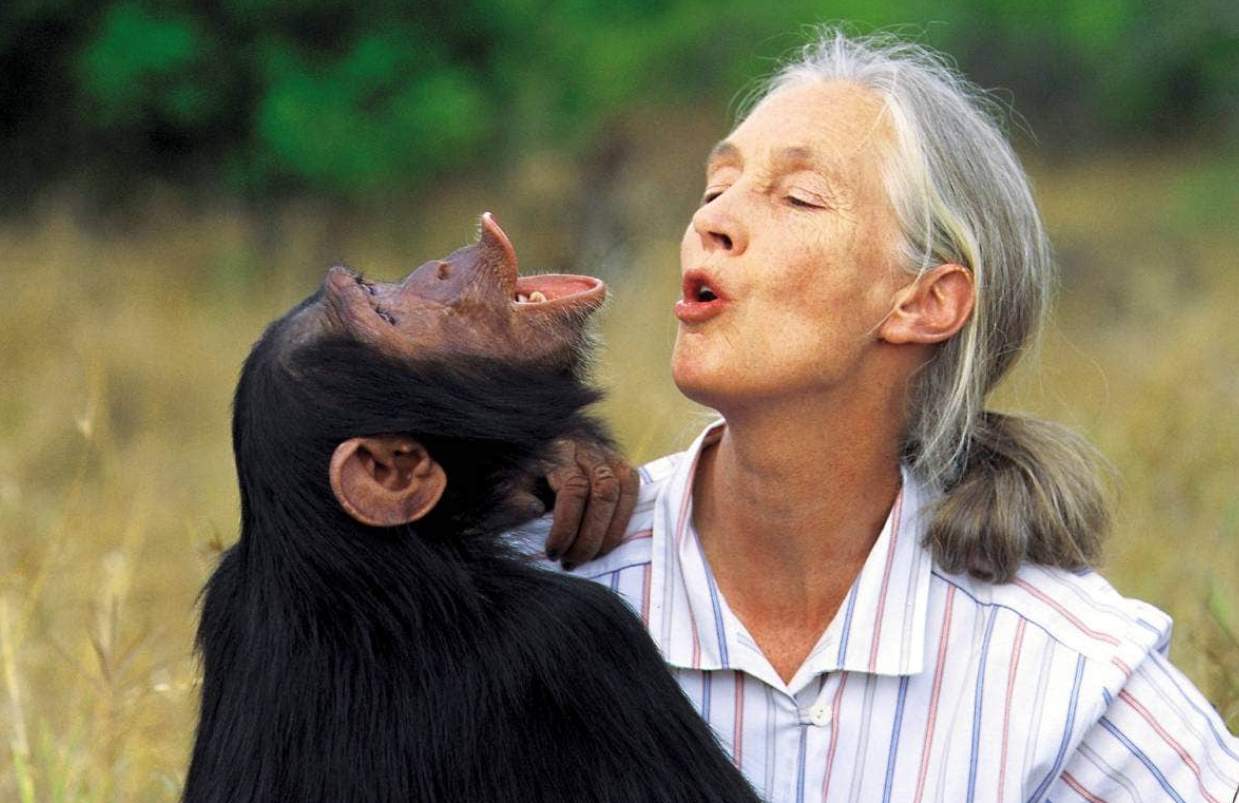
A holistic view
Early on, Jane took a holistic view of primatology, redefining species conservation to include the needs of local population and the environment. Today, her tireless focus is on creating environmental change.
“We are seeing the consequences of the crazy idea that there can be unlimited economic development on a planet with finite natural resources and a growing population,” she told The Guardian.
“Decisions are made for short-term gain at the expense of protecting the environment for the future. Now, the world’s population is estimated at over 7 billion people and it is expected to be closer to 10 billion by 2050.”
Overpopulation is one of the main problems - the others involve the world’s ‘greedy’ lifestyle, reckless burning of fossil fuels, the demand for meat, and poverty, she said: “And, of course, we must also tackle corruption.”
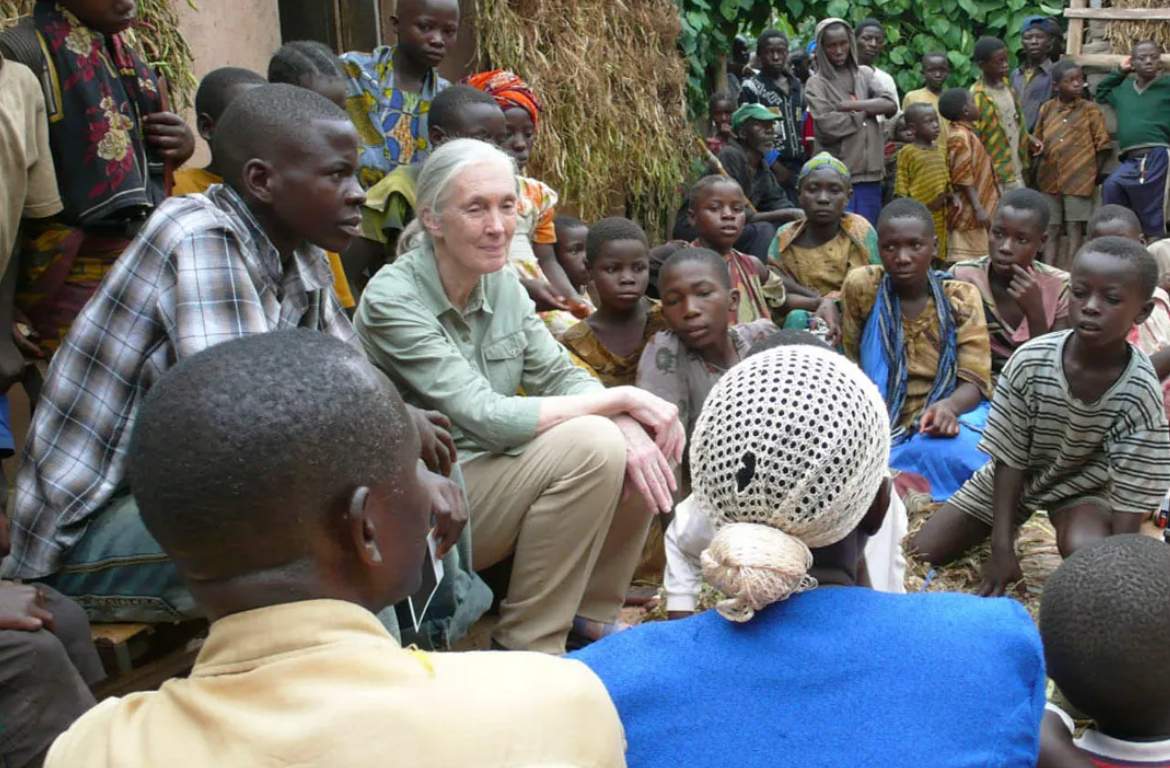
Saving the rainforests
One of her foundations, Tacare - Lake Tanganyika Catchment Reforestation and Education Project - works to fight deforestation and preserve the environment for future generations.
“When I flew over the little tiny Gombe National Park in 1960, it was part of this great forest that stretched right across Africa. By 1990, it was a tiny little island of forests with more people than the land can support, who buy food from elsewhere and who are struggling to survive,” she told the BBC.
“And that was when I thought: ‘If we don't do something to help the people find an alternative way of living without destroying the environment, then we can't save chimps, forests, or anything else.’ So we began the Tacare program.”
Making a better world
In 1991, Jane and 16 Tanzanian students founded Jane Goodall's Roots & Shoots program, an education program for young people, helping them protect their community, animals, and the environment. It's now in more than 65 countries and still growing.
The Jane Goodall Institute (JGI) continues to grow also, performing field research at Gombe, running a chimpanzee sanctuary in Tchimpounga, and doing community-centered humanitarian and conservation work around the world.
Today there are 30 Jane Goodall Institutes working to support JGI’s core programs including Tacare, a community conservation program, and two sanctuaries for orphan chimpanzees.
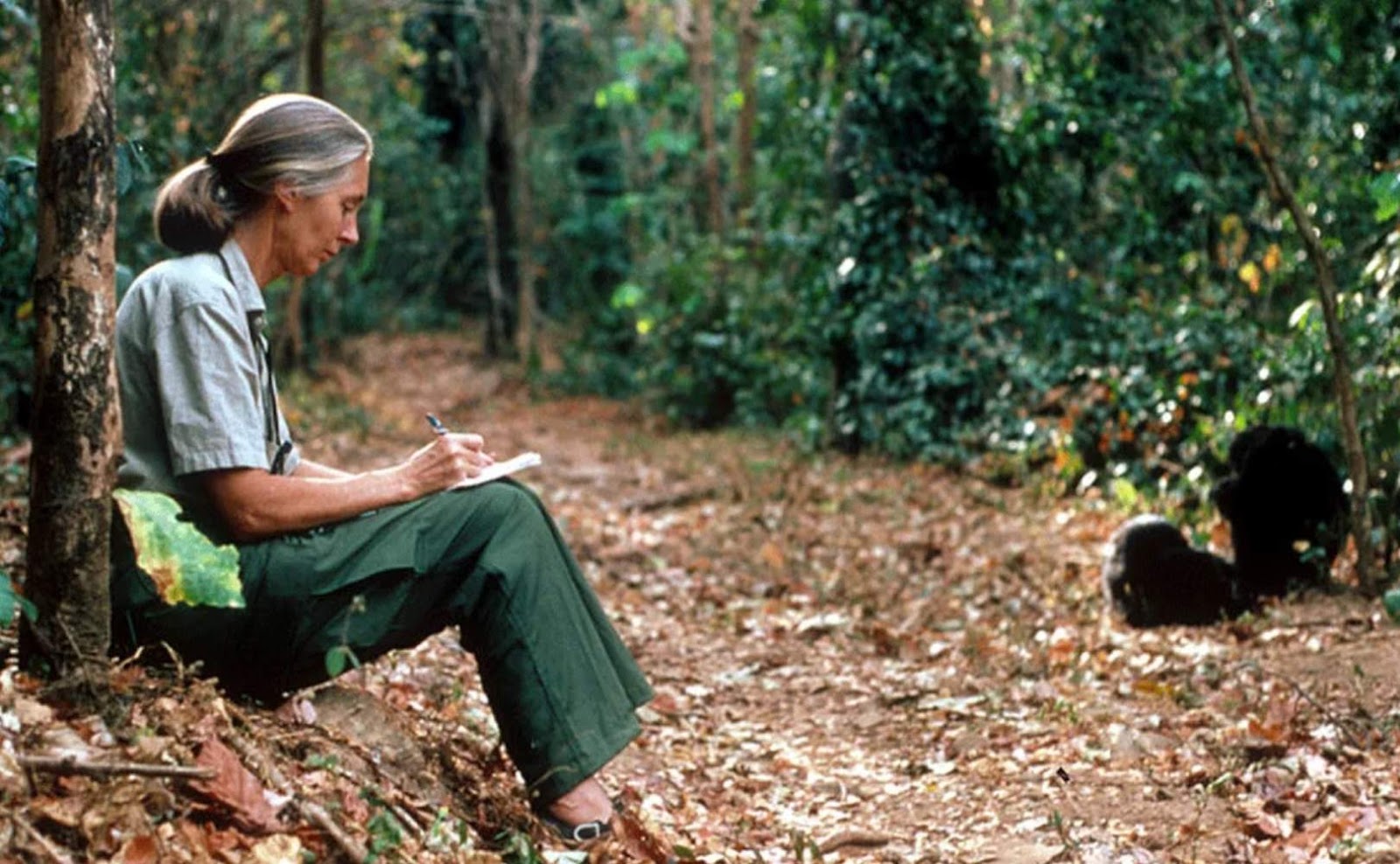
Jane Goodall continues to spread her message of empowerment and environmentalism through her foundations and digital platforms. She's launched The Trillion Tree challenge to regenerate the planet through the planting of trees, capturing an estimated 200 gigatonnes of carbon over the coming decades.
During the pandemic, she moved back to Bournemouth, England with her sister but continued to work; she featured on The Beginning of Life 2 and spread her message on Hopecast, highlighting how we all can contribute to a more compassionate world.
SPYSCAPE+

Join now to get True Spies episodes early and ad-free every week, plus subscriber-only Debriefs and Q&As to bring you closer to your favorite spies and stories from the show. You’ll also get our exclusive series The Razumov Files and The Great James Bond Car Robbery!


Gadgets & Gifts
Explore a world of secrets together. Navigate through interactive exhibits and missions to discover your spy roles.
Your Spy Skills
We all have valuable spy skills - your mission is to discover yours. See if you have what it takes to be a secret agent, with our authentic spy skills evaluation* developed by a former Head of Training at British Intelligence. It's FREE so share & compare with friends now!
* Find more information about the scientific methods behind the evaluation here.


Stay Connected
Follow us for the latest
TIKTOK
INSTAGRAM
X
FACEBOOK
YOUTUBE